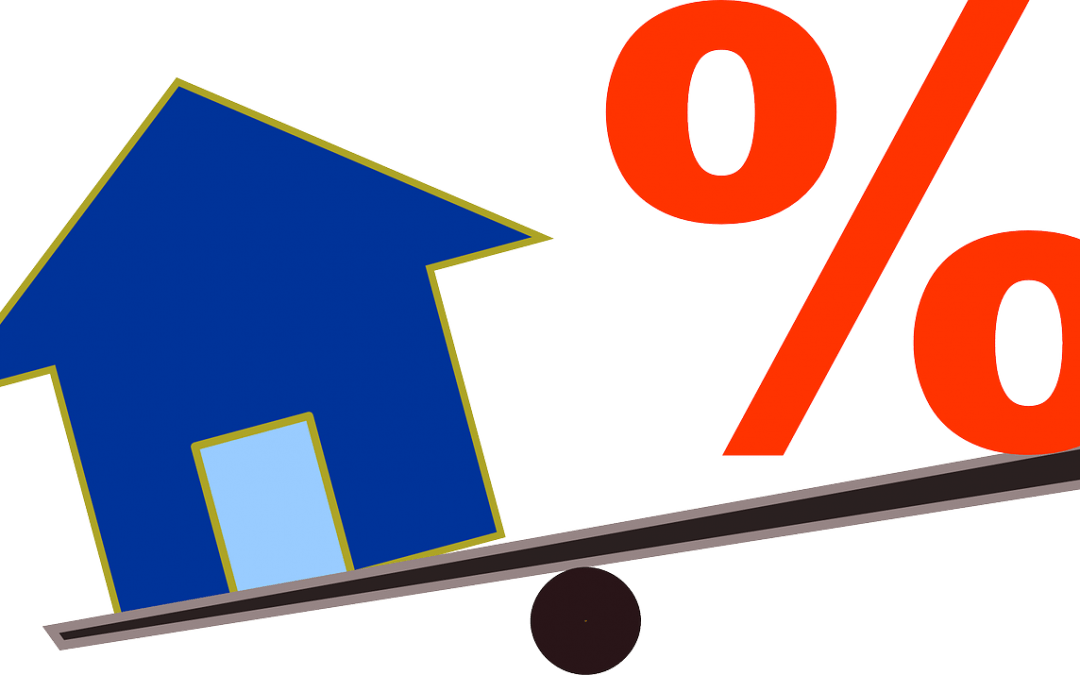 The majority of home loans in Australia are borrowed at a variable interest rate. Variable loan rates will fluctuate as the market and the official cash rate moves. Basically, lenders can change their interest rates whenever they choose. Further, if the official cash rate rises, your loan interest rate usually rises and so do your repayments on the loan, and vice versa.
The majority of home loans in Australia are borrowed at a variable interest rate. Variable loan rates will fluctuate as the market and the official cash rate moves. Basically, lenders can change their interest rates whenever they choose. Further, if the official cash rate rises, your loan interest rate usually rises and so do your repayments on the loan, and vice versa.
Variable rates
Loans with variable interest rates tend to offer more flexibility in payment options including:
- no limitation on the amount of additional repayments
- the ability to offset your savings
- the ability to redraw on the loan if you make additional repayments.
These benefits tend to be rarely available or limited with fixed interest rates.
Fixed Rates
This type of loan product allows you to fix the interest rate for a certain period of time within the overall loan term. For example, three years fixed within a 30 year loan term. With a fixed interest rate, you have the certainty of a set monthly interest amount as you are not affected by changes in the official cash rate. This is positive when the official cash rate rises and your repayments stay the same. In contrast, when the official cash rate falls – your repayment stays the same and you do not see the benefit.
When considering whether to fix your loan(s), and how much to fix, it may help to remember the following pointers:
- There is a limit to how much principal you can pay off most fixed rate loans.
- Most fixed rate loans do not allow you to link an offset.
- Very few fixed rate loans allow you to redraw any additional repayments. If you get ahead on your repayments on a fixed rate loan, you may not have the safety net of being able to tap into those funds in an emergency.
- Breaking the fixed term can be costly.
- You should not plan to sell the property during the fixed rate period.
- If you do decide to fix your home loan, it may be sensible to fix a portion of it, and put the rest of your borrowings in a separate variable loan facility due to the aforementioned limitations with fixed rates.
- If you apply for a fixed rate loan – the rate is often not ‘fixed’ until you settle. The lender is still able to increase the fixed interest rate after your loan has been approved up until your loan settles.
- You have the option to protect yourself against rate rises and pay an additional fee to lock the current interest rate during the application process should rates rise prior to settlement.
I can hear you asking the question, so what should I do?
As with all financial and investment decisions, when we remove the emotion and boil it down, our decisions should align with our lifestyle goals and our tolerance for risk. In other words, they should pass the ‘pillow test’.
So let’s bring the conversation back to your personal circumstances and preferences. Here are a few key questions you should ask yourself:
- Would you like more certainty in knowing what your loan repayments will be?
- Do you feel like you are stretched with your cash flow?
- Do you have minimal equity or cash buffer to draw upon if things got tougher?
- Are you risk averse?
- If rates kept going lower after you fix, would you be comfortable knowing that you cannot access the lower variable rate without a hefty penalty?
- Are you confident that you will not sell your house or want to refinance during the fixed rate period?
- Do you have non-deductible and deductible debt, and would you feel more comfortable knowing that you had a set repayment for part or this debt OR all of one or the other?
If you answer yes to many of these questions, then you are starting to build a case for fixing your debt. Ultimately, choosing to fix, like most financial and investment decisions should be dependant primarily on assessing your own ‘personal economy’ first and foremost with the ‘external economy’ providing a secondary perspective for decision making.
Fixing really is a risk management strategy so you would be well placed comparing the decision of fixing your loan to that of paying an insurance premium. You hope you don’t need to make a claim (ie variable rates have increased), because this will mean you are paying more interest on your variable portion of your debt, but if rates rise, you will happy that you had it in place. The overarching philosophy when making the decision is “will it help you sleep better at night irrespective of what rates do in the future during the fixed period?”
Finally, remember that most fixed rate loans have limitations on making additional repayments and do not offer redraw or offset functionality. This means that it usually makes sense to keep an amount of the debt variable permanently. The variable rate loan size should be at least equal to, or slightly more than you think you could repay during the fixed rate period. Happy fixing and may your ‘crystal ball’ be tuned in when you make the call. Better yet, have a chat with your trusted Strategic Mortgage Broker (ideally at Property Planning Australia), if you are fortunate enough to have one, before making the big decision.
Keen to discuss the prospect of rising rates or fixing? Speak to one of our strategic mortgage brokers by clicking here or call our head office on (03) 9819 4088.




